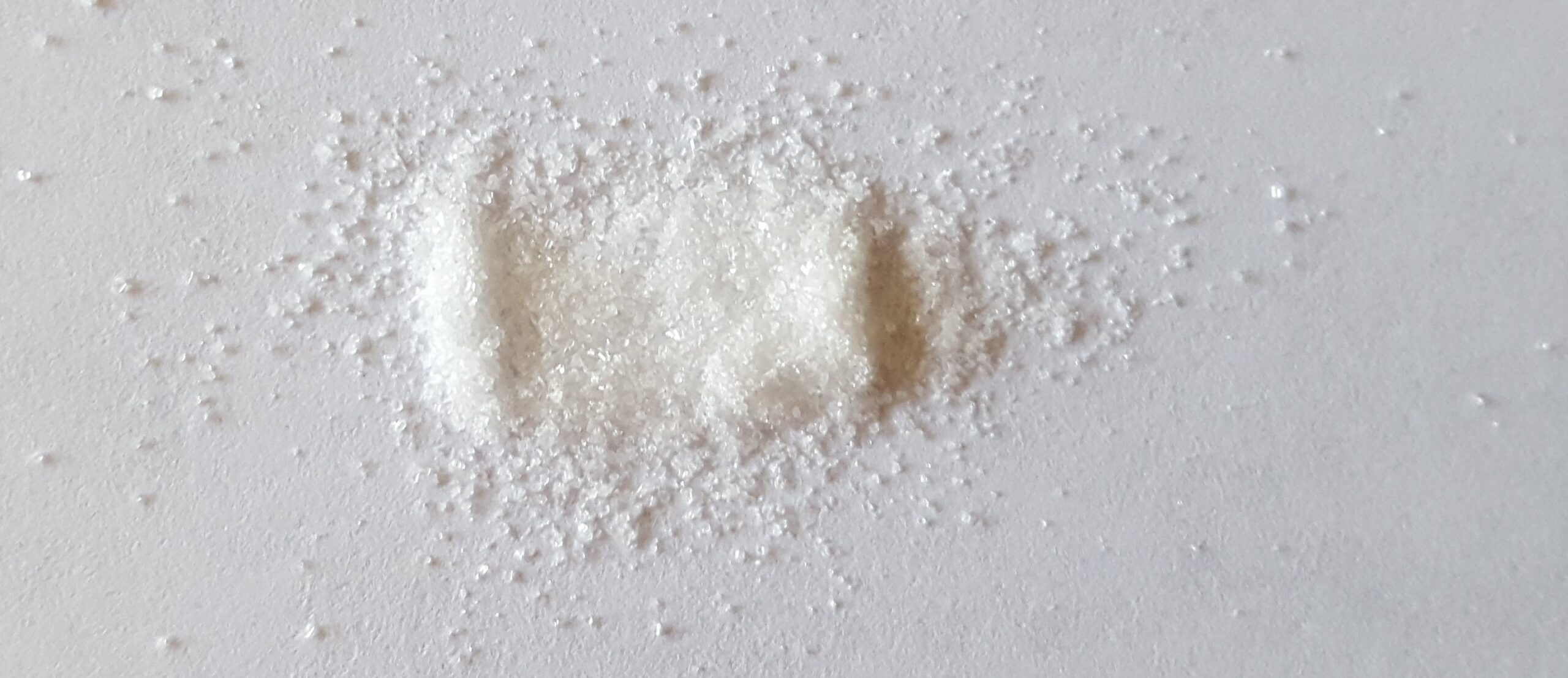Recognizing and Managing High Blood Pressure Emergencies
Introduction: High blood pressure, or hypertension, is a common health condition that, if left unmanaged, can lead to serious complications. In certain situations, high blood pressure can escalate into a medical emergency, requiring prompt recognition and intervention. In this guide, we will explore how to recognize and manage high blood pressure emergencies.
Understanding High Blood Pressure:
A. Normal vs. High Blood Pressure:
Normal blood pressure falls within a specific range. Hypertension occurs when blood pressure consistently exceeds this range, putting strain on the cardiovascular system.
B. Emergencies vs. Urgencies:
High blood pressure emergencies are severe situations requiring immediate attention, often involving organ damage. Urgencies, while serious, do not typically involve acute organ damage.
Recognizing High Blood Pressure Emergencies:
A. Severe Headache:
A sudden and severe headache, often described as the worst headache ever, can be a sign of a high blood pressure emergency.
B. Severe Anxiety or Shortness of Breath:
Extreme anxiety or shortness of breath without apparent cause may indicate a spike in blood pressure.
C. Vision Changes:
Blurred or impaired vision can occur in high blood pressure emergencies due to potential damage to the blood vessels in the eyes.
Immediate Response:
A. Call Emergency Services:
If someone exhibits signs of a high blood pressure emergency, call emergency services immediately. Time is crucial in preventing further complications.
B. Help the Person Rest:
Encourage the person to sit or lie down in a comfortable position. Minimizing physical activity helps reduce strain on the heart.
C. Check Medication:
If the person has prescribed medication for hypertension, check if they have taken it. If so, ensure they took the correct dosage.
Managing High Blood Pressure Emergencies:
A. Monitoring Vital Signs:
Keep a close eye on vital signs, including blood pressure, if possible. Report any changes or abnormalities to emergency responders.
B. Reassure and Comfort:
Provide reassurance and comfort to the person experiencing the emergency. Keeping them calm can help manage stress and reduce blood pressure.
C. Avoid Self-Medication:
Do not attempt to manage high blood pressure emergencies with over-the-counter medications. Professional medical intervention is essential.
Transportation to Medical Care:
A. Wait for Professionals:
Avoid attempting to transport the person to the hospital yourself. Wait for trained medical professionals to assess and transport them safely.
B. Provide Information:
When emergency services arrive, provide information about the person’s medical history, including any known hypertension, medications, and recent events.
Follow-Up Care:
A. Medical Evaluation:
After the high blood pressure emergency is stabilized, seek immediate medical evaluation to determine the cause and adjust treatment plans.
B. Lifestyle Modifications:
Work with healthcare professionals to implement lifestyle modifications, such as dietary changes and exercise, to manage and prevent future high blood pressure emergencies.
Conclusion: High blood pressure emergencies require swift recognition and professional intervention. By understanding the signs, providing immediate assistance, and seeking prompt medical attention, we can mitigate the risks associated with hypertension and improve overall cardiovascular health. Remember, in emergencies, time is of the essence.



